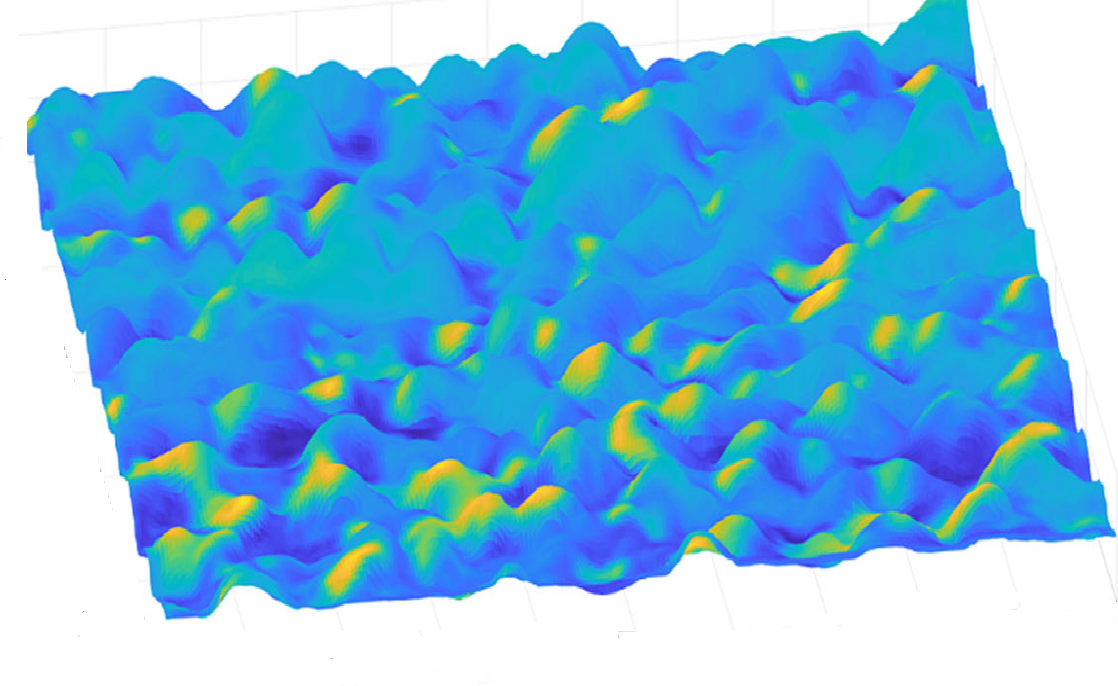
Research
Research Overview

The goal of our lab is to investigate the physics of photoemission and apply it to develop brighter electron sources for electron microscopy and particle accelerator applications. We work on all aspects of photoemission and electron source research ranging from the development of photoemission theory to experimental investigations of novel photoemission phenomena to growing and characterizing engineered materials as brighter electron sources to demonstrating the generation of brighter electron beams for various applications.
We actively collaborate with faculty and scientists at various universities, national labs, and industries including Cornell University, Stanford Linear Accelerator Center National Lab, Lawrence Berkeley National Lab, UCLA, Los Alamos National Lab, and Brookhaven National Lab. We are also a part of the NSF Science and Technology Center for Bright Beams
Below are the major research areas currently under investigation in the lab:
Fundamentals of Photoemission

More than a century after Einstien's discovery of the photoelectric effect (photoemission), it is widely used as a tool to obtain information about the composition, structure, and electronic properties of materials. Despite this, several details of the photoemission process like the energy distributions, angular spread, and response time, that are relevant to electron sources, especially close to the photoemission threshold are still not understood. Investigating the fundamental physics behind these properties close to the threshold could lead to brighter electron sources as well as new low-energy regimes in photoemission spectroscopy. Effects of atomic-scale non-uniformities, non-linear photoemission, and breakdown of the sudden approximation are of particular interest. Using a combination of experimental and theoretical approaches we unravel the detailed physics of the photoemission process. We also develop new instrumentation and techniques to measure various photoemisison properties with unprecedented resolution.
Engineered Photoemissive Materials and Surfaces

We work on developing new materials, thin-film growth processes, and nanostructures that optimize the various photoemission properties resulting in the brightest possible electron beams. This includes characterization of surface, structural, electronic, and photoemission properties. Of particular interest are alkali-antimonide, III-V heterostructures, topological materials, wide band-gap semiconductors, and 2D films. Very often high quantum efficiency materials like alkali-antimonides are only stable in Ultra-High-Vacuum (UHV). In other cases, photoemission is extremely sensitive to the last layer of atoms on the surface. This makes it essential to have thin-film growth and surface preparation capabilities connected in UHV to materials and surface characterization instruments and photoemission characterization setups. Our experimental facility is uniquely suited for this purpose.
Photoemission Electron Guns and Beam Physics

Developing electron guns that are capable of using advanced photoemissive materials is critical for demonstrating increased brightness in electron beams. Our lab houses an in-house designed and developed 200 kV DC electron gun capable of using a wide range of materials as cathodes and testing their performance in terms of generating brighter electron beams. The beams generated can be used for Ultra-fast Electron Diffraction applications. We are also interested in the design and development of electron guns capable of using advanced photocathodes for X-ray Free Electron Laser and electron microscopy applications. We also work on electron beams physics and the development of beam diagnostics for unprecedentedly bright electron beams that can be generated from such electron guns.
Funded By





